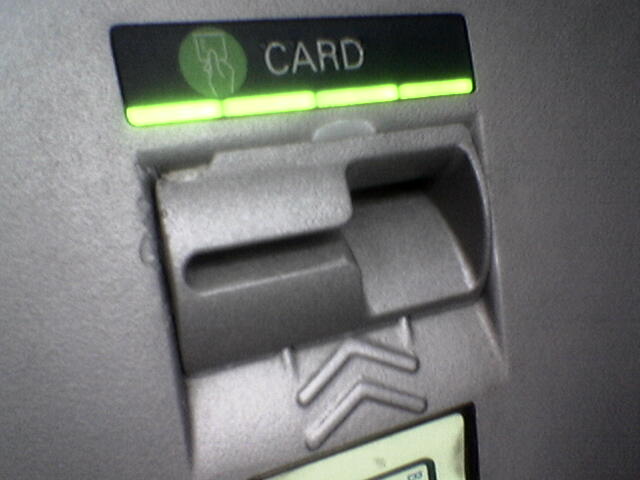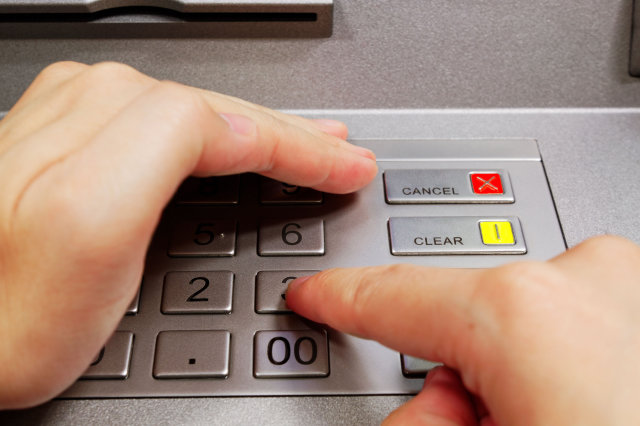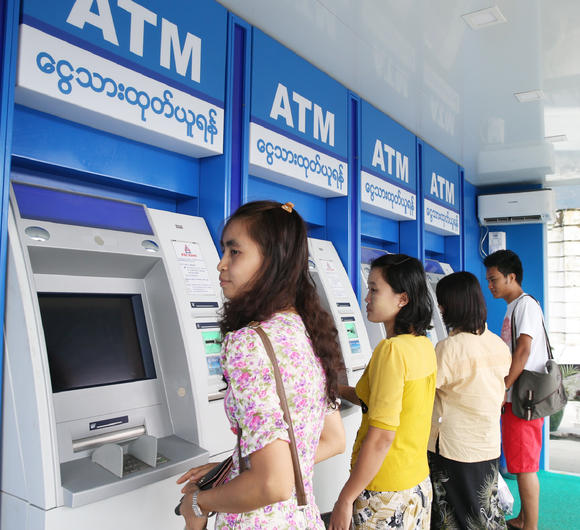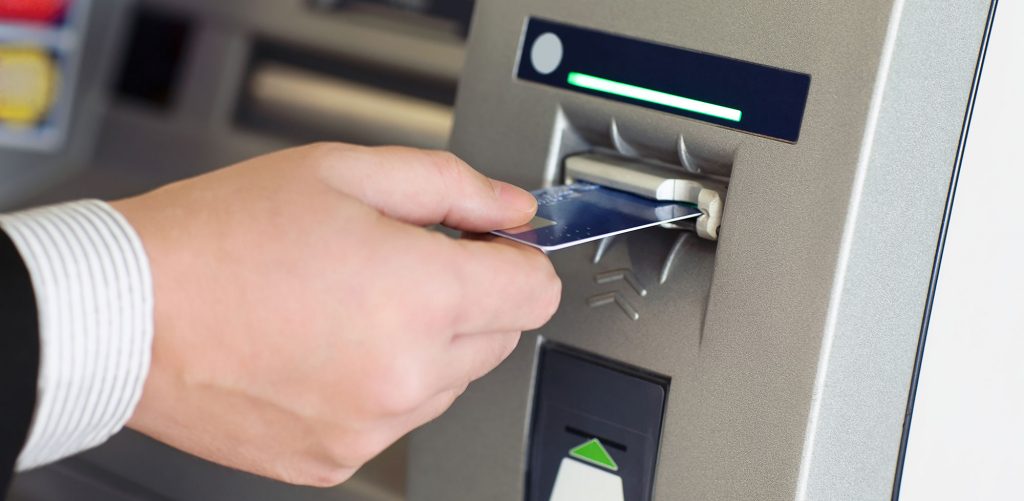Hackers have a way to bypass everything from machines to handheld devices. They can make your security measures seem useless and sometimes even foolish. Today, we’ll be letting our users know about a hacking technique commonly known as ATM skimming. Do you know that you might be giving your credentials to a criminal without even knowing? Yes, this is a serious concern that can transfer your entire bank account to somewhere in China. Now, let’s begin with understanding what all this is about.
Do you know that you might be giving your credentials to a criminal without even knowing?
What is ATM Skimming?
Simply speaking, ATM skimming is the theft of identity carried out through the use of devices known as skimmers. Thieves install these devices directly into the machine to steal personal information right from your card.
What is a skimmer?
A skimmer is a card reader that catches data from a card’s magnetic stripe (found on the back on your ATM card) when you operate the machine. The device looks almost completely identical to the actual card slot found in the ATM machine. This is done to camouflage the device so that the user does not know there is anything suspicious. The skimming device has a built-in memory card for storing your credentials.

A skimmer is always used with another monitoring device such as a fake keypad or camera. These monitoring devices are used for capturing your PIN when you enter it for making a transaction through your bank account.
How do they do it?
Let’s break the procedure of ATM skimming down into easy steps that everyone can understand:
- The thief installs the skimmer onto the actual card slot and ensures that it looks just like the original.
- Once done, the thief installs a camera on top of the ATM machine’s keypad. Alternatively, they may install a fake keypad on top of the original one (this is done less frequently because the change is noticeable in most ATMs). This completes the setup for capturing data.
- The user(s) enters their card and PIN code into the ATM machine (without realizing that it has been altered). They make the transaction normally and leave the vicinity of the machine.
- The thief, at some point later, returns to the ATM machine. He removes the skimming devices and takes them with him along with all the data that has been stored.
- The identity theft has been successful. The thief can use your credentials for making transactions* and practically emptying your bank account.
*This works with Credit Cards and Debit Cards that have online access. The hacker will use the details acquired to make online transactions only because he does not have access to your card.
How to avoid it?
Now let’s move on towards the steps you can take to avoid being scammed by a simple but effective hacking technique. Here is a list of things that you should always perform before operating the ATM:
- Check the machine for tampering: Inspect the machine briefly before inserting your card. Look for obvious signs that may give away the scam. First of all, examine the card slot. Check to see if the card slot is unnecessarily thick (more than the card), aligned incorrectly, or there is NO FLASHING INDICATOR. Next, check the ATM for any other alterations that seem abnormal. Scan the keyboard and check if it is too thick or loose. If any of these signs are observed, do not operate the ATM.

- Wiggle everything: If there are no visual differences in the ATM, try pushing and pulling at things. ATMs are solidly constructed machines and they will not have loose or jiggling parts! Remember this, and pull on the card slot before you operate the machine. If it moves or wiggles at your pull, the machine has been altered. Do the same for the keyboard. Again, if anything seems abnormal, leave the machine.

- Hide your pin: Skimming or no skimming, the thief can’t do much of anything with your card number alone. He needs the PIN to be able to use your account. It is always good practice to cover the keypad with your hand before entering your PIN. This will ensure that any hidden cameras do not capture your card’s PIN number.

- Visit a busy ATM: Though this is not always possible, we would still advise you to look for and operate ATMs that remain busy through most parts of the day (and night). The reason is simple, the thief is less likely to perform the stunt at an ATM that is busy because the chances of getting caught are much higher.’

Keep a check on your phone notifications for transfers, payments, or withdrawals from your account. In case of any suspicious activities or transactions through your account, IMMEDIATELY inform the bank and authorities about the issue.
Bottomline: If the ATM you are operating does not feel right in any way, simply walk out and visit another machine. There is no need to take a risk. As they say, better safe than sorry.
We hope you enjoyed reading our guide, stay safe and happy banking!




 Brazil freezes $6 million Facebook funds over non-compliance
Brazil freezes $6 million Facebook funds over non-compliance